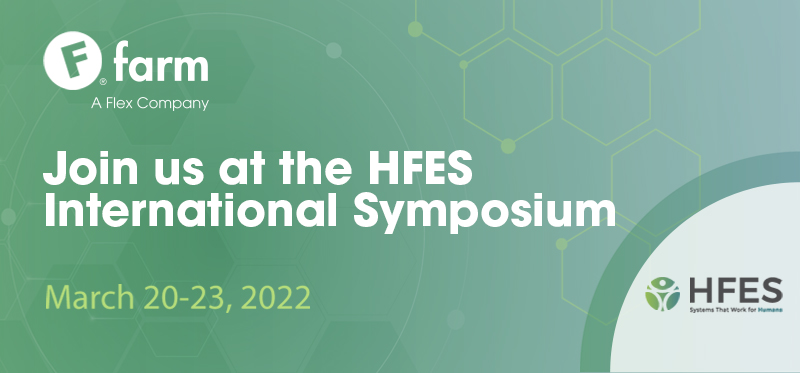Connect with our Human Factors team, March 20-23, at the 2022 International Symposium on Human Factors and Ergonomics in Health Care. The event offers human factors experts the opportunity to share knowledge and find solutions for issues and challenges in health care.
Register today to attend our presentation.
| Tuesday, March 22, 2:00 p.m.-2:30 p.m. CDT |
|
Understanding how the Simulated Use Environment could Trigger Traumatic Responses in Vulnerable Participant Populations: A Case Study Approach Location: MDD01 Session: Creating Safe and Effective Participant Experiences Authors: Tommaso Lombardi, Laura Thomson, Lisa Gunther-LaVergne When designing usability studies to evaluate medical devices and drug delivery devices, it is important that the simulated use environment reflects the actual use environment as closely as possible. User groups for these studies may include vulnerable populations (e.g., a patient with a recent cancer diagnosis, a parent of a child with a seizure disorder). What happens when cues from the study environment trigger an emotional or traumatic response related to a prior traumatic event (e.g., a cancer diagnosis, a child’s first seizure)? How can researchers ethically prepare participants for this possibility? What moderator techniques can be used to identify and effectively manage these responses during the study session? What strategies should be employed when interpreting the data if such responses were elicited?
This presentation will provide a high-level overview of the research on emotion as it relates to attention, learning, memory, and decision making, specifically focusing in on how context cues from the study environment may trigger emotional responses and thereby impact performance in usability testing. These emotional responses can be triggered in a number of ways: by the device itself, the study environment, the use scenario, or even an interview question. Specifically, any cue that was present during the initial traumatic event could serve as a retrieval cue for that event if encountered during the usability study. We will present several case studies from actual usability studies as supporting examples. Finally, we will provide specific recommendations for designing, executing, and analyzing usability studies to minimize participant distress and maintain data integrity. It’s important to start thinking about the nature of the study environment and its potential impact on participants early on when designing the study. Researchers should be sure that any concerns are detailed in study documentation, and carefully consider language related to participant risk in the informed consent form. During study execution, sessions should be structured to optimize the time with the participant while being cognizant of and monitoring their emotional state. We’ll discuss how to identify participants in distress and how study moderators can handle emotional situations. We will also provide strategies for how to evaluate the integrity of data if these situations arise. |
